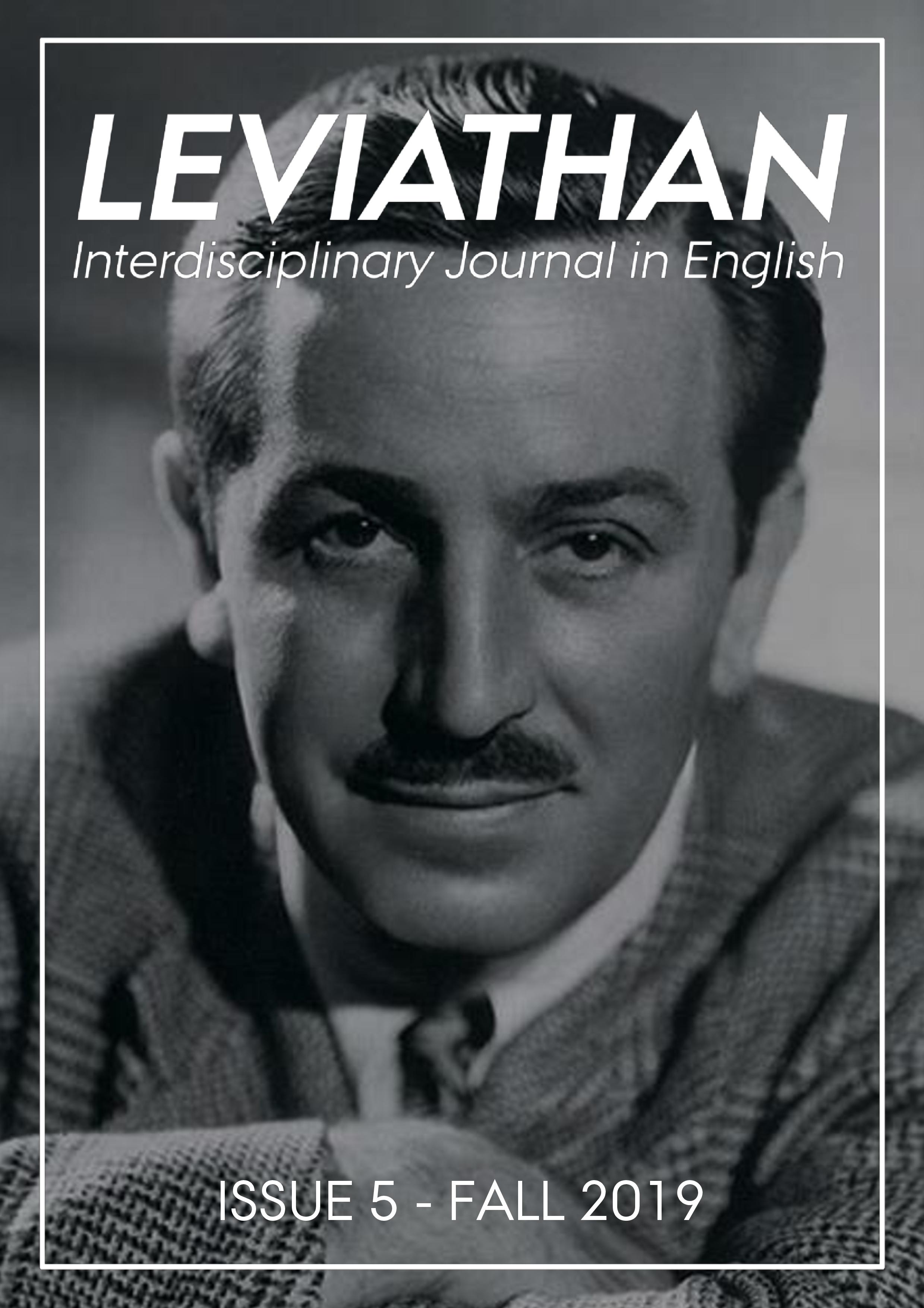Diversity Dissected
Intersectional Socialization in Disney’s Aladdin, Mulan, and The Princess and the Frog
DOI:
https://doi.org/10.7146/lev.v0i5.115493Keywords:
intersectionality, socialization, gender, race/ethnicity, Disney, master's thesisAbstract
Based on comparative, intercategorical intersectional analyses of Aladdin (1992), Mulan (1998), and The Princess and the Frog (2009), I find that Disney’s intersectional representations and socialization messages tied to gender and race/ethnicity have not changed noticeably from the release of Aladdin to that of Princess. Rather, they continue to be problematically postfeminist because they hide heteronormative and patriarchal sentiments behind images of girl power. They are also sinisterly stereotypical because they negatively portray the Other and valorize Western values. Although Disney socializes different intersectional groups of children in a racialized way that distinguishes between people of color living within or outside of the United States by only encouraging the latter group to attempt to achieve relative whiteness, all three films socialize their target child audience according to heteronormative, patriarchal, and white privilege affirming values. As such, I argue that the films may be harmful to the socialization of all children.
Downloads
Published
How to Cite
Issue
Section
License
Attribution-NonCommercial-NoDerivatives 4.0 International (CC BY-NC-ND 4.0)
You are free to share (copy and redistribute the material in any medium or format).
However:
You may not use the material for commercial purposes.
You must give appropriate credit, provide a link to the license, and indicate if changes were made. You may do so in any reasonable manner, but not in any way that suggests the licensor endorses you or your use.
If you remix, transform, or build upon the material, you may not distribute the modified material.
You may not apply legal terms or technological measures that legally restrict others from doing anything the license permits.





